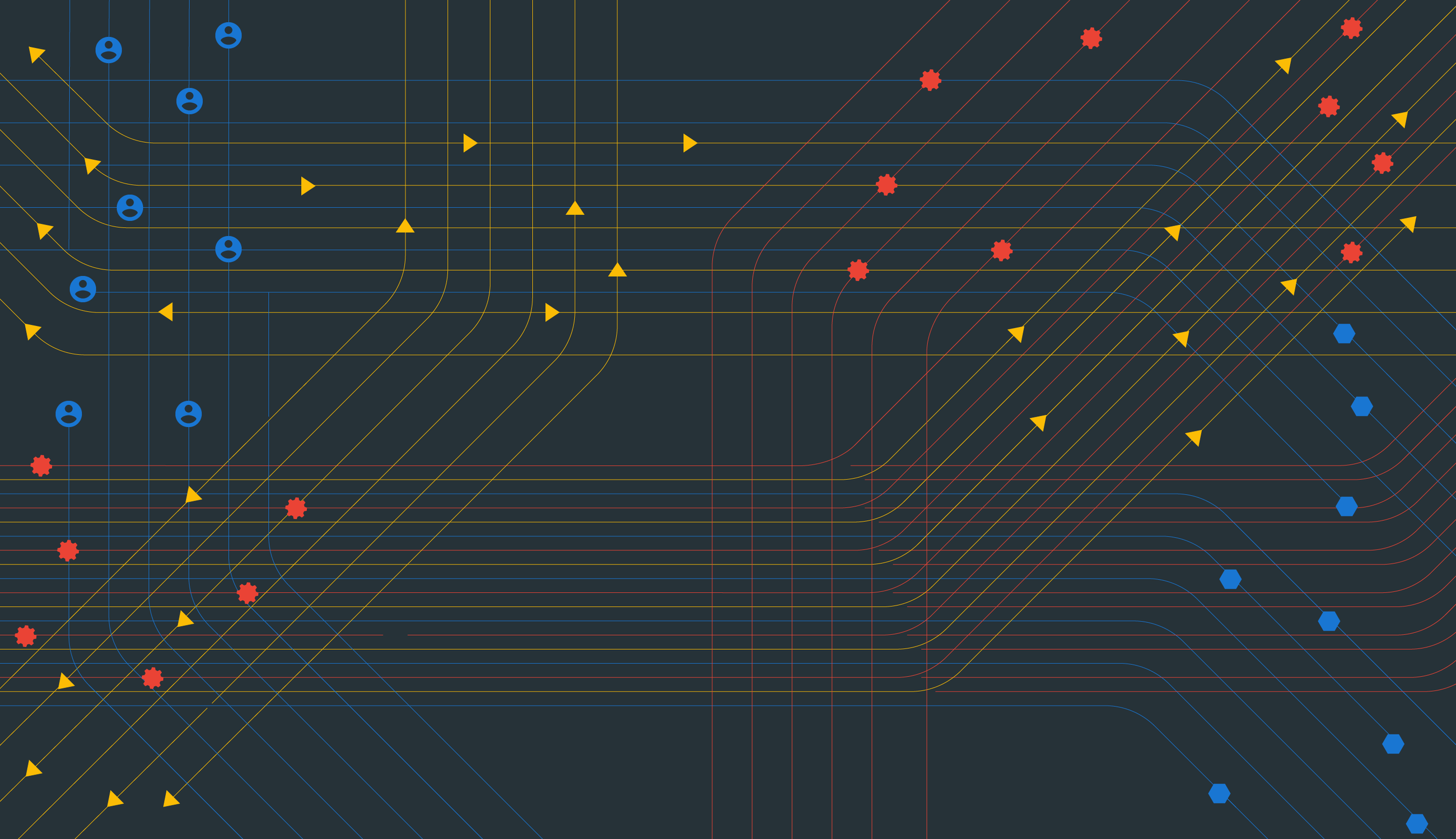Last month today: GCP in May

Christine Cignoli
GCP blog editor
When it comes to Google Cloud Platform (GCP), every month is chock full of news and information. We’re kicking off a monthly recap of key moments you may have missed.
What caught your attention this month:
Announcements about open source projects were some of the most-read this month.- Open-sourcing gVisor, a sandboxed container runtime was by far your favorite post in May. gVisor is a sandbox that lets you run containers in strongly isolated environments. It’s isolated like a virtual machine, but more lightweight and also more flexible, since it interfaces with the host OS just like another process.
- Our introduction of Asylo, an open-source framework for confidential computing, also got your attention. As more and more sensitive workloads move to cloud, lots of businesses want to be able to verify that they’re properly isolated, inside a closed environment that’s only available to authorized users. Asylo democratizes trusted execution environments (TEEs) by allowing them to run on generic hardware. With Asylo, developers will be able to run their workloads encrypted in a highly secure environment, whether it’s on-premises or in the cloud.
- Rounding out the open-source fun for the month was our introduction of the beta availability of Cloud Memorystore, a fully managed in-memory data store service for Redis. Cloud Memorystore gives you the caching power of Redis to reduce latency, without having to manage the details.
Hot topics: Kubernetes, DevOps and SRE
Google Kubernetes Engine 1.10 debuted in May, and we had a lot to say about the new features that this version enables—from security to brand-new monitoring functionality via Stackdriver Kubernetes Monitoring to networking. Start with this post to see what’s new and how customers like Spotify are using Kubernetes Engine on Google Cloud.And one of our recent posts also struck a chord, as two of our site reliability engineering (SRE) experts delved into the differences—and similarities—between SRE and DevOps. They have similar goals, mostly around creating flexible, agile dev environments, but SRE generally gets much more specific and prescriptive than DevOps in accomplishing them.
Under the radar: GCP adds infrastructure options
As you look for new ways to use GCP to run your business, our engineers are adding features and new releases to give you more power, resources and coverage.First, we introduced ultramem Google Compute Engine machine types, which offer more memory and compute resources than any other Compute Engine VM instance. These machines types are especially useful for those of you running enterprise workloads that need a lot of memory, like data analytics or high-performance applications.
We’ve also been busy on the back-end in other ways too, as we continue adding new regional cloud computing infrastructure. Our third zone of the Singapore region opened in May, and we’ll open a Zurich region next year.
Stay tuned in June for more on the technologies behind Google Cloud—we’ve got lots up our sleeve.



